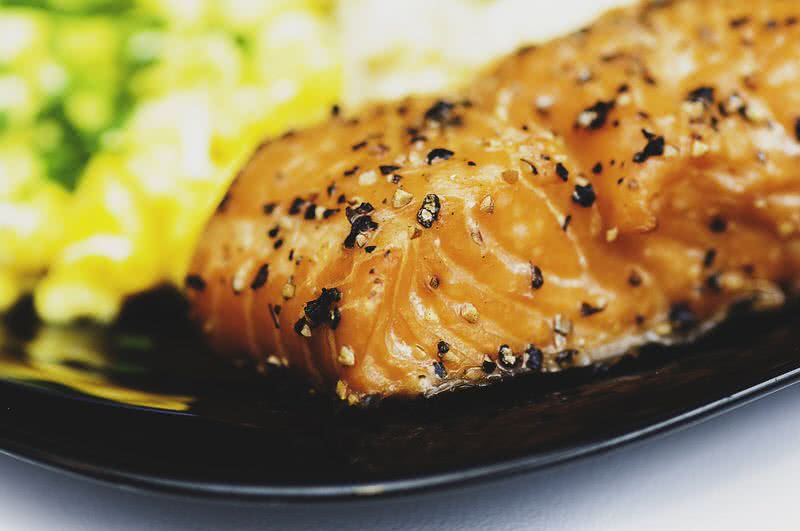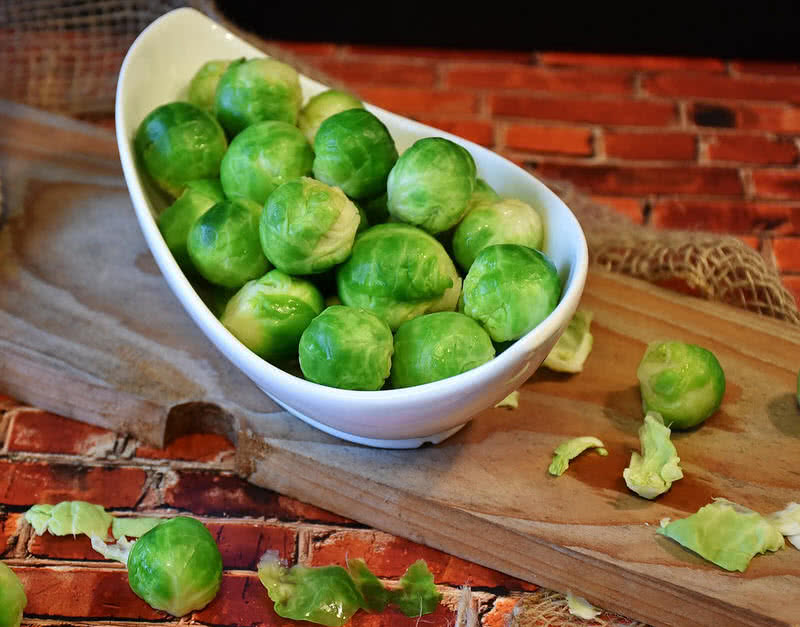Abstract
Natural substances ( phytochemicals ) have a variety of effects on the body. Although many of them lead to addiction, others have long been used in treatment and detoxification . This short review mentioned some plants that were used for treatment addiction and/or withdrawal symptoms .
Keywords
Medicinal plants ; Addiction; Withdrawal symptoms; Drug abuse
Introduction
Drug addiction affects both brain and behavior. It has multifaceted impacts on the patients’ body, mind, and nervous system.There are different types of drugs that cause addiction as marijuana, opium, cocaine, heroin, meth and pain medications.Drug abuse is considered as a great challenge to social and public heath in the world. To date, 185 million addicts are there around the world. According to the statistics, with 1,200,000 permanent drug abusers and 600,000 occasional abusers [ 1 ], herbal medicine has a long history in treatment of diseases and the majority of people have tendency to use such medications. But there are a lot of questions because of the novelty of this treatment method in treating addiction, this lack of information are more evident. In this review, we highlighted on some herbal and drugs derived from them in treatment of addiction.
Ginseng extract
The analgesic effects of opioids are blocked by ginseng extract in non-opioid dependent manner. Also, tolerance to and dependence on morphine are inhibited by it. Ginseng extract inhibited tolerance to and dependence on morphine and eliminated the suppressive effect of the development of morphine tolerance by co-exposure to footshock stress, but not psychological stress. Other mechanism, through which Ginseng extract could exert its effect, was inhibition of behavior sensitization to morphine, methamphetamine and cocaine. Moreover it inhibited the appearance of the recurrent phenomenon (reappearance of the sensitized state was observed at the time of re-administration of methamphetamine and cocaine even after a 30-day discontinuation of drug administration) of the effect of methamphetamine and cocaine [ 2 ].
Passion flower
Passion flower has sedative anti-anxiety effects. It was found that about 60 drops of passion flower extract with a maximum daily dose of 0.8 mg of clonidine showed a significant superiority over clonidine alone in the management of mental symptoms associated with detoxification.
Passiflora and passiflora plus clonidine were equally effective in treating the physical symptoms of withdrawal syndromes of opiates addicts. These results suggested that passiflora extract may be an effective adjuvant agent in the management of opiate withdrawal.
Caulis Sinomenii
Caulis Sinomenii is a Chinese plant and is known is named Qing Feng Teng. The analgesic, sedative , and anxiolytic-like actions are effective for improving drug dependence which is associated with abnormal monoaminergic transmission. Caulis Sinomenii and sinomenine can suppress the acquisition of place preference induced by morphine and modulate histamine level in the central nervous system in morphine-dependent mice [ 3 ].
Camellia sinensis
Camellia sinensis or green tea is a worldwide popular herb which contains (-)-epigallocatechin gallate that attenuated withdrawal signs dose-dependently. It has inhibitory effects on morphine-induced increased cAMP concentrations in the locus coeruleus also D-2 dopamine receptor signaling [ 4 ].
Nigella satvia
Nigella satvia has various advantages in the Islamic medicine and it is mentioned in the hadith by prophet Mohammad (PBUH) as a cure to every pain except for death [ 5 ].
Sangi made a study in Karachi between 2003 and 2005 in which 500 mg Nigella satvia was orally given to 50 men addicted to opioid 3 times a day for 12 days and then for 12 weeks regarding the withdrawal syndrome. It is very effective in the addiction and, infections and weaknesses which are among the main causes of pain after addiction. There is no remarkable side effects were detected in these patients. Nigella satvia has anti-allergic, antibacterial, sympatholytic medicine and nutritional characteristics as it is rich in amino acids, also it could be appropriate for treating the symptoms of the withdrawal syndrome [ 6 , 7 ].
Peganum harmala
Peganum harmala is characterized to be one of the antagonists of serotonin and inhibitors of monoamine oxidase. It contains an alkaloid harmaline. It plays a role eliminating some of the withdrawal symptoms. It acts by influencing the opioid circuits and receptors as well as the limbic system and autonomic nervous system in the brain stem. It was found in a study that oral peganum harmala powder reduces the incidence of the withdrawal symptoms [ 8 ].
Chamomile
Injection of 10, 20, and 30 mg/kg chamomile extract can reduce chronic and acute withdrawal symptoms [ 9 , 10 ].
Administration of chamomile extract along with morphine significantly reduced withdrawal signs in rats. Kesmati et al. [ 11 ] found that chamomile hydroalcoholic extract containing apigenin and chrisin (phytoestrogen) induced sedative effects on some of the morphine withdrawal symptoms as rearing and grooming. It was suggested that theses phytoestrogens act with some neurochemical systems of dependence in the CNS and reduce the symptoms of morphine withdrawal syndrome.
Datura
The analgesic and anti-inflammatory effect of datura is due to hyoscine and scopolamine . Datura can reduce the incidence of the withdrawal symptoms by its anti-cholinergic effects and this occur by applying their effects through the limbic system and the neuronal circuits affecting the autonomic system. It reduces the withdrawal symptoms, specially diarrhea and bruxism after using it in male rats [ 12 — 14 ].
Berberis
Berberine from berberis is an isoquinoline alkaloid. It has anticonvulsant, anti-spasm effects and reduces diarrhea and nausea by weakening the sympathetic system. It acts as an inhibitor to the calcium channel and eliminates tachycardia in the withdrawal phase [ 1 ].
Berberine petreatment prior to every morphine treatment reduced depression- and anxiety-like symptoms strongly associated with morphine discontinuation, probably by modulating hypothalamic corticotrophin-releasing factor and the noradrenergic system in the CNS. Therefore, berberine may be a useful compound in the development of alternative medicines for treating morphine withdrawal- related symptoms, such as depression and anxiety [ 15 ].
Valerian
Various extracts from the roots of plants of the genus Valeriana are used in herbal medicine of many cultures as mild sedatives and tranquilizers. Valerian could help in treating insomnia and agitation also if given in higher doses are effective in treatment of tension and spasm. Valerian is commonly used for the treatment of insomnia and anxiety. Valerian extracts allosterically modulate GABA-A receptors and induced an anxiolytic activity. This activity is closely related to valerenic acid [ 16].
Valerenic acid and valerenol, common constituents of valerian, enhanced the response to GABA at multiple types of recombinant GABA(A) receptors [ 17 ].
Asafetida
It was found that scores of abstinence reactions was decreased significantly after Asafetida injection, also inhibits inhibit the weight loss compared with morphine-dependent rats [ 18 ].
L-Tetrahydropalmatine (l-THP)
Levo-tetrahydropalmatine (l-THP) is an active constituent of herbal preparations containing plant species of the genera Stephania and Corydalis and has been approved and used in China for a number of clinical indications under the drug name Rotundine. The pharmacological profile of l-THP includes antagonism of dopamine D 1 , and D 2 receptors as well as actions at dopamine D3, alpha adrenergic and serotonin receptors.
The putative utility of l-THP as an anti-addiction agent is due to its blockade of D 3 receptors [ 19 ]. Its affinity for D3 receptor is lower than for D 1 and D 2 receptors. It also block the pre-synaptic autoreceptors which leads to an increase in dopamine release [ 20 ] as well as it antagonize a-adrenergic and serotonin receptors, it may have utility for treating opioid addiction.
Since L-THP antagonizes dopamine D 1 /D 2 receptors and acts on dopamine D 3 receptors, as well as a-adrenergic and serotonin receptors, it may have utility for treating opioid addiction [ 21 , 22 ]. The antagonism of l -THP to dopamine receptor antagonists leads to attenuation of locomotor activity also, increases thresholds for intracranial selfstimulation so it has sedative and an hedonic properties [ 23 , 24 ].
Conclusion
Several plants or their active principles have demonstrated with diverse mechanisms of action for treatment of addiction which may be most effective when used in conjunction with other strategies that support the whole person including nutrition , bodywork, acupuncture , relaxation and exercise.







